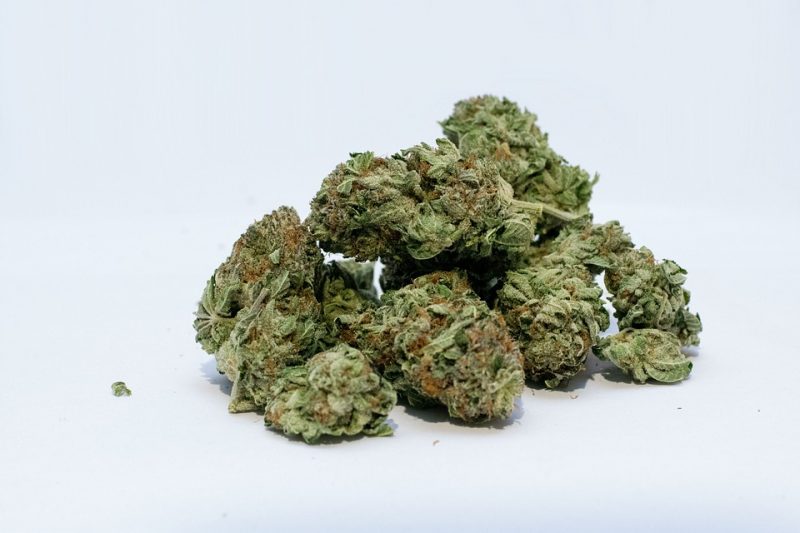
Common beliefs say smoking pot may lower your IQ. A study in twins now contradicts this: Intelligence is suffering from something completely different.
Childhood and adolescence is a sensible phase for the brain. New neural connections are build up, others decline. Those that smoke pot during this period may risk their intelligence, as many believe. But is this the truth? A study in twins now raises doubts about this hypothesis. US scientists believe that it is not cannabis that is responsible for declining intelligence.
In the past, various studies have associated a declining intelligence quotient (IQ) with high cannabis consumption during adolescence. The problem with such investigation is, however, that these studies are mostly observational. They may find the individuals that have smoked pot for a while may have lost a few IQ points, but whether the smoking was the cause of it cannot be said for sure, since human intelligence is determined by many factors, including the environment, education, diseases, and, last but not least, genes.
Twin studies have the advantage that such risks of biases are minimized. Since twins are raised mostly together, they not only share their genes (50% in non-identical and 100% in identical twins), but also many other external influences. Scientists from different American universities have, therefore, re-analyzed data from two respective older studies with altogether more than 3000 twins.
In both studies, the IQ of the twin were measured for the first time at the age of 9 to 12 years, and subsequently several times during the next couple of years. In addition, the scientists around Nicholas Jackson were interested in their language skills and general knowledge. Finally, twins had to report whether and how often they smoked cannabis, drank alcohol, and consumed other drugs.
At the end of the study, the researchers investigated the data of around 300 twin pairs of which one never had smoked pot, while the other had smoked more than 30 times, or daily for at least half a year.
And indeed, the IQ of the individuals that had smoked pot decreased by 4 IQ points on average over a ten-year period. The same effect was observed, however in the twin siblings that never had smoked cannabis (1). Therefore, the observed intelligence effects must have been generated by something others than the cannabis use. The scientists believe that this “others” may be related to the common environment of the twins, their home, their school or their friends.
The pot-smoking twins had also lower skills when tested for the vocabulary and their general knowledge, and again, these results were independent — similar to the IQ scores — of the frequency and intensity of cannabis use. This also argues in favor of a third factor. If cannabis were toxic for nerve cells and thereby responsible for the bad results of the adolescents, the results should be varying with the frequency of smoking. But the data did not confirm this; even those that smoked daily were not worse than the others. Therefore, the scientists speculate that the association may be the other way around: Children who are less successful at school may be more likely inclined to try cannabis. But this hypothesis has to be validated as well.
This study cannot give the all-clear, however. It has not investigated what happens with extremely high pot consumption, in case of dependency on cannabis, or when someone has smoked for very many years. Maybe smoking pot does affect also other areas, such as memory and concentration. Answers to these results will play an important role in favor or against legalization in the future.
This is part 9 of a series covering twin health provided by Paul Enck from the Tübingen University Hospital and science writer Nicole Simon. Further studies in twin research can be found at TwinHealth website.
Reference:
- Jackson NJ, Isen JD, Khoddam R, Irons D, Tuvblad C, Iacono WG, McGue M, Raine A, Baker LA. Impact of adolescent marijuana use on intelligence: Results from two longitudinal twin studies. Proc Natl Acad Sci USA. 2016 Feb 2;113(5):E500-8. doi: 10.1073/pnas.1516648113.









